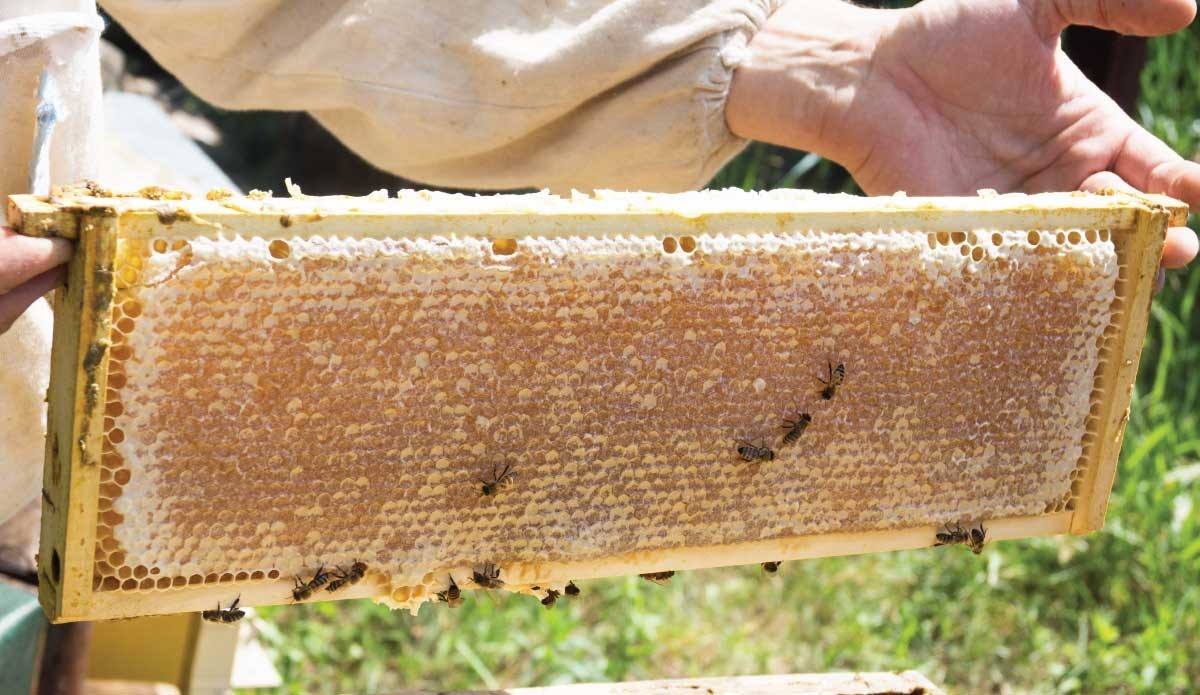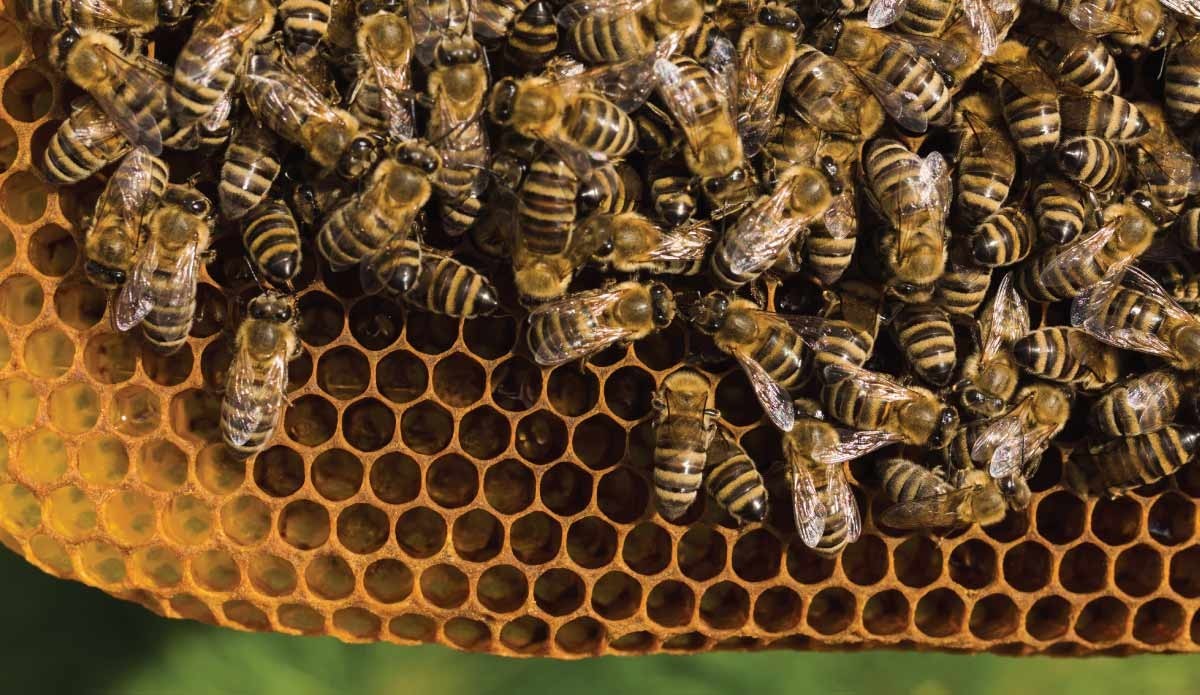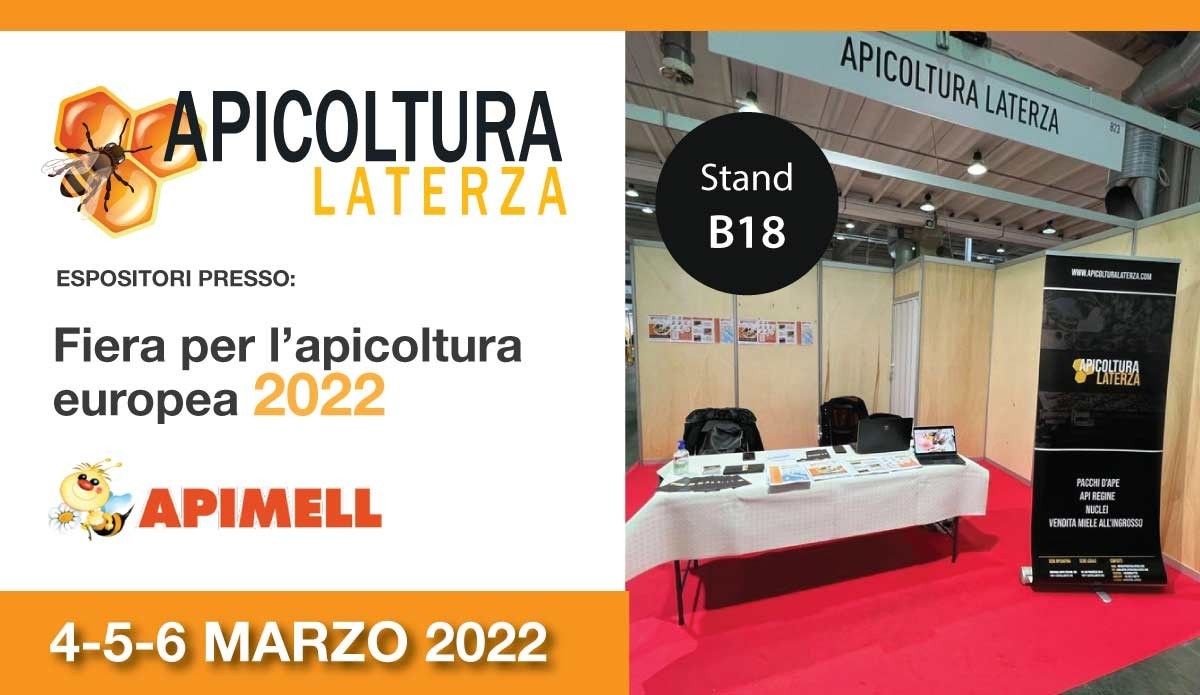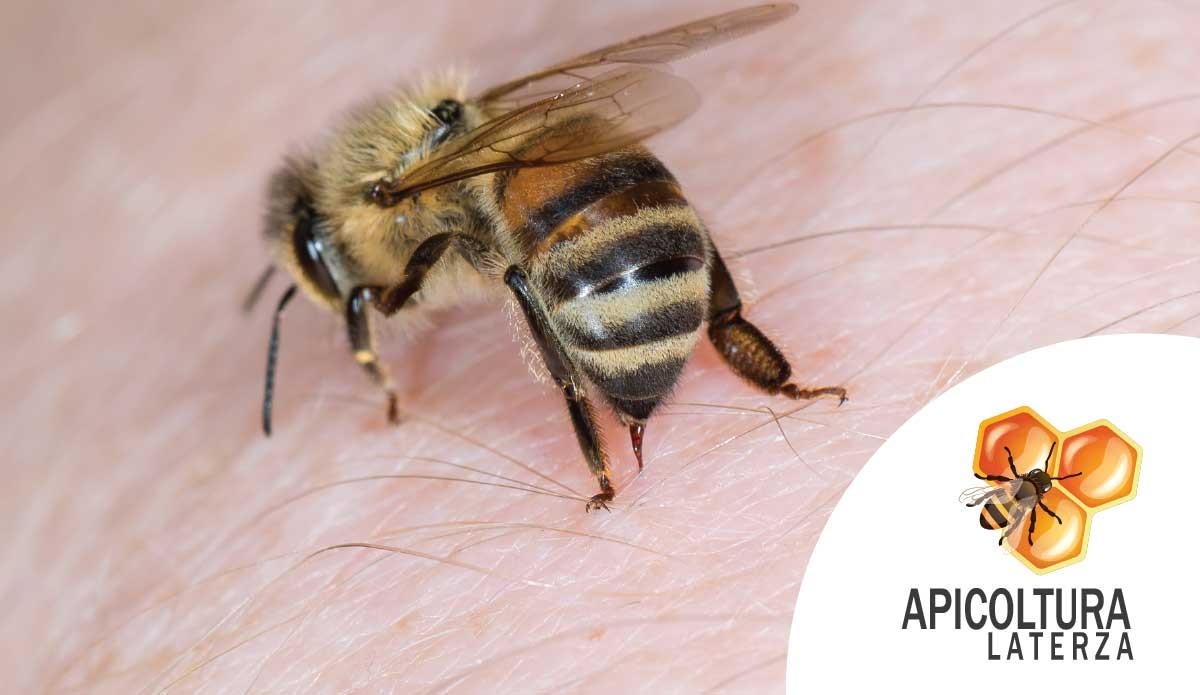What is honey extraction and how it works

Honey extraction is the process in which the beekeeper takes the honey from the combs of the bees . In fact, honey is stored inside the cells as a source of food for the survival of these animals. Bees are constantly working to create a substantial supply of nectar and pollen that will ensure they have nourishment even in the coldest months.
Honey is therefore nothing more than a set of natural substances developed by bees to ensure that it is preserved over time. We humans also appreciate honey very much, it is for this reason that beekeepers take care of this sector by making a profit in collaboration with the work of bees.
Honey extraction is a process that follows several steps. For optimal harvesting and efficient results, it is important to know when to extract the honey and above all the right procedure for processing the substance until the finished product is obtained. For production destined for sale and especially in wholesale honey sales there are specific regulations to be respected and the use of professional equipment.
Stages of honey extraction
In beekeeping, one of the most satisfying moments for farmers is certainly that of honey extraction. As already mentioned, this term refers to all those operations that are carried out by the beekeeper in order to extract the honey from the combs and subsequently make it available for consumption. To do this, specific procedures must be followed. The phases of honey extraction can be summarized in some key processes, such as:
- Using the blower : in this first phase it is important that the bees move away from the nest. To make this happen, beekeepers use a specific tool called a blower. It gives off a flow of air that leads the bees to move away for a while. However, the use of smokers is not recommended, which in addition to damaging the quality of the honey can also create a lot of nervousness among the bees.
- Uncapping : when the honey is ripe for harvesting, the cells are capped. This means that the bees close the cells containing the honey with a layer of wax that protects the substance to preserve it at its best. During this phase, therefore, the beekeeper picks up the honeycombs and uses special tools to remove the layer of wax that covers the cells. This operation is absolutely necessary as it allows the honey to escape and extract.
- Centrifugation : in this phase, the uncapped frames are placed inside a honey extractor . It is a particular stainless steel container which, through rotating movements, allows the honey to escape from the honeycombs. The emptying of the cells is given by the centrifugal force exerted by the machine. Once the combs are completely empty, they can be reused for the next season.
- Filtration : now that the honey has settled on the bottom of the extractor, it is released through the special tap and placed inside a bucket. In the filtration phase, any impure substances still present are eliminated to obtain an optimal product.
- Decanting : this is the final phase in which, after filtration, the honey is left to rest for about two weeks in special containers. The resting time is used to bring out the small impurities still present in the honey on the surface, which join a layer of surface "foam" or bubbles created after the spin phase. They will be completely removed through the foaming process which will allow honey to be obtained as a finished product to be offered to consumers.
When to take honey
A good beekeeper knows when the perfect time has come to get the honey . To realize this, he dedicates himself to observing the honeycombs. When the honey is ripe for harvesting, some characteristics may be noted. In particular, when the supers are ready and filled with honey, they are capped , ie sealed with a layer of wax. This is a clear sign that the honey is ripe and ready for extraction.
Amount of honey that the beekeeper extracts
When the beekeeper reaches the honey extraction stage, obviously, he cannot take all the amount he wants because taking all the honey available would end the life of bees who would not have enough food to survive. The beekeeper takes about a third of the honey present and leaves the rest at the bees' disposal for the sustenance of the family and the entire colony. It should be remembered that any beekeeping laboratory for the production of honey intended for marketing must comply with specific requirements and therefore comply with current regulations.
Online wholesale of honey
Not sure where to buy high quality honey ? Choose Apicoltura Laterza! We take care of the production and wholesale of honey of the highest quality. You can buy directly online by accessing our special section. Our honey represents a real wealth. We want to offer the highest quality with a strictly Made in Italy product.






